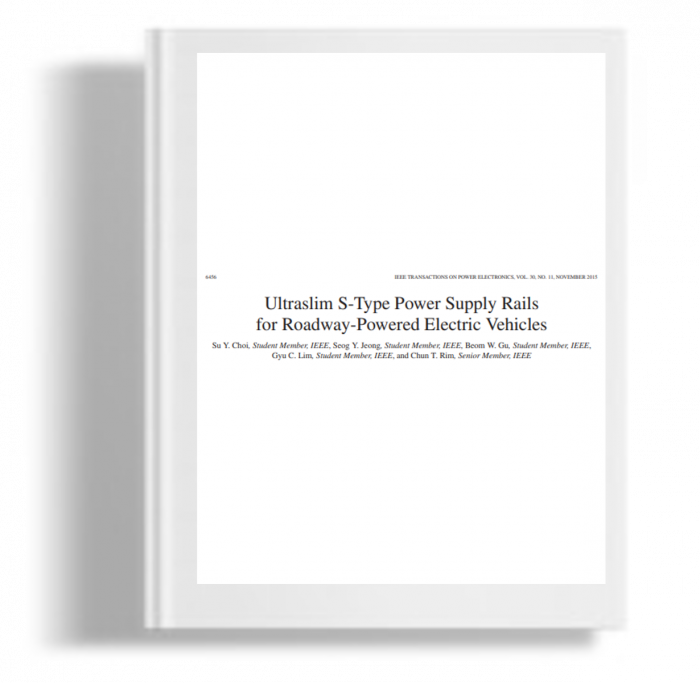Kami menggunakan cookies untuk membuat pengalaman Anda lebih baik. Untuk mematuhi petunjuk e-Pribadi yang baru, kami perlu meminta persetujuan Anda untuk menyetel cookies. Pelajari lebih lanjut .
Ultraslim S-Type Power Supply Rails for Roadway-Powered Electric Vehicles
An ultraslim S-type power supply rail, which has a width of only 4 cm, for roadway-powered electric vehicles (RPEVs) is proposed in this paper. The cross-section of the core has a thin S-shape, and a vertically-wound multiturn coil is displaced inside the core. In this way, the slimmest power supply rail is designed, which is crucial for the commercialization of RPEVs. The construction of roadway infrastructure, which is responsible for more than 80% of the total deployment cost for RPEVs, can be much easier when the width of the power supply rail is so small. T
An ultraslim S-type power supply rail, which has a width of only 4 cm, for roadway-powered electric vehicles (RPEVs) is proposed in this paper. The cross-section of the core has a thin S-shape, and a vertically-wound multiturn coil is displaced inside the core. In this way, the slimmest power supply rail is designed, which is crucial for the commercialization of RPEVs. The construction of roadway infrastructure, which is responsible for more than 80% of the total deployment cost for RPEVs, can be much easier when the width of the power supply rail is so small. To increase portability and to minimize construction time, a foldable power supply module is also proposed in which flexible power cables connect each foldable power supply module such that no connectors are needed during deployment. An effective winding method for minimizing the cable length is proposed, and an optimum core thickness of the proposed power supply rail is determined by FEA simulations and verified by a prototype power supply module. By virtue of the ultraslim shape, a large lateral displacement of 30 cm at an air gap of 20 cm was experimentally obtained, which is 6 cm larger than that of the I-type power supply rail. In addition to the larger lateral displacement, it is estimated that the S-type one has lower EMF than the I-type one because the width of the S-type one is narrower than that of the I-type one. The maximum efficiency, excluding the inverter, was 91%, and the pick-up power was 22 kW.

